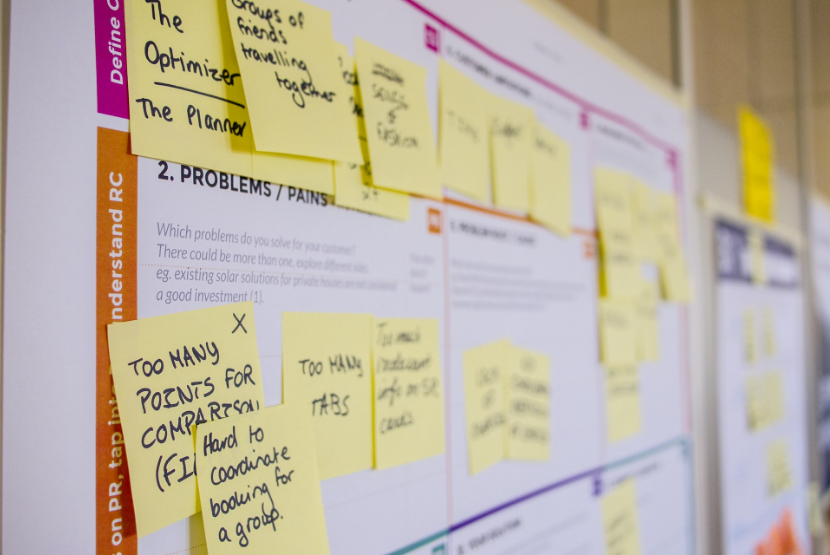
Discover how TEBTECH Solutions leverages Agile practices to ensure seamless collaboration between our expert teams and our valued clients. From project initiation to delivery, our Agile approach ensures flexibility and responsiveness, allowing us to navigate the ever-evolving tech landscape with ease.
We prioritize customer satisfaction, and Agile is the compass that guides us to exceed expectations, ensuring that our clients are not just satisfied but delighted with the outcomes.
Discover the benefits of Agile Testing with TEBTECH SOLUTIONS, where rapid feedback loops and continuous collaboration ensure the early detection and resolution of issues. We believe in breaking down silos between development and testing, fostering a culture of shared responsibility that accelerates the delivery of high-quality software.
Navigate through our comprehensive testing services that cover the entire Agile Testing spectrum, from test planning to execution and beyond. Whether you’re launching a new product or enhancing an existing one, Tebtech’s Agile Testing approach guarantees a reliable, resilient, and user-friendly outcome.

Agile and Waterfall are two different software development methodologies, and they have significant differences in how software testing is approached. Here’s a comparison of Agile and Waterfall models in terms of software testing
In software testing, the development approach refers to
the methodology or strategy used to plan, design, execute,
and managetesting activities throughout the software
development lifecycle (SDLC).
The testing process is an integral part of SDLC and the
chosen development approach significantly influences how
the testing phase is conducted.
Waterfall Model :
Sequential and linear approach.
Testing is conducted after the development phase is
complete.
Rigorous testing is performed at the end of the
development cycle.
Limited flexibility for changes once testing has started.
V-Model (Verification and Validation Model)
:
Extension of the waterfall model with a focus on early
testing.
Testing activities are planned in parallel with
corresponding development phases.
Each development stage has a corresponding testing phase.
Agile Model: Iterative and incremental
approach.
Continuous testing is integrated into the development
process.
Emphasizes collaboration and adaptability to changes.
Testing is performed concurrently with development sprints
These are the seven testing phases in sequential order:
Shift-Left Testing:
Focuses on
early testing in the development process. Testing
activities are moved "left" in the SDLC to catch defects
early. Includes unit testing, static code analysis, and
other early testing techniques.
Behaviour-Driven Development (BDD):
Collaboration between developers, QA, and
non-technical stakeholders. Testing scenarios are defined
based on desired system behaviours. Tests are written in a
natural language format (e.g., Gherkin).
Feedback loops are mechanisms we use at TEBETECH SOLUTIONS working with the development teams to validate and get feedback about the software development process. The goal is to get both positive and negative feedback in quickly and can be immediately fed back into the overall development process
Choosing the appropriate development approach depends on
several factors such as project requirements and the
nature of the software being developed. The goal is to
ensure effective testing at every stage of the development
process, leading to the delivery of high-quality software.
In this regard, at TEBTECH SOLUTIONS we deploy the
analysis of the project requirements to produce a precise,
clear and concise set of documents including test
strategy, test plan and test scenario documents for
clients we support.